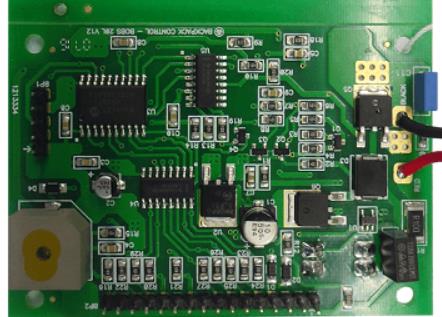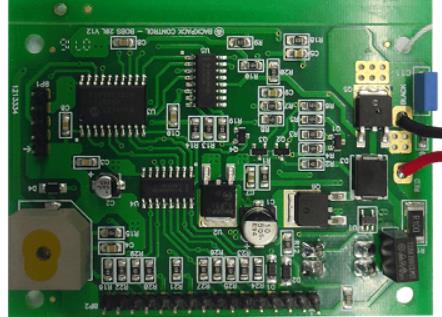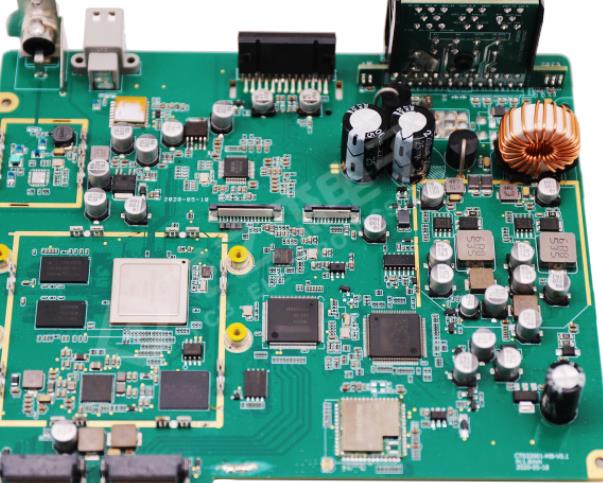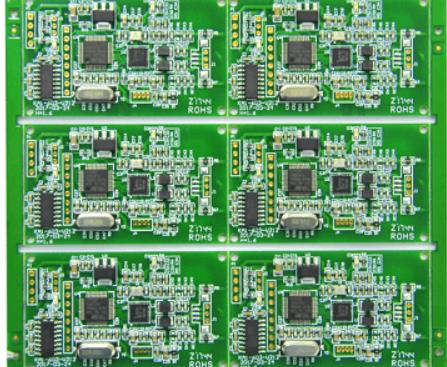
Why SMT wafer processing reflow is the key
Reflow soldering, also known as reflow soldering, is a key process for SMT wafer processing The process of reflow soldering is to dry, preheat, melt, cool and solidify PCB coatings by reflow soldering, using solder paste and installing components Welding process In the welding process, bridge erection, tombstone and lack of welding or lack of welding defects often occur The causes of such welding defects are not only reflow welding process factors, but also other external factors Next, I will reveal the influence of reflow on SMT 4. Main factors affecting the processing quality In the welding process, bridge erection, tombstone and lack of welding or lack of welding defects often occur The causes of such welding defects are not only reflow welding process factors, but also other external factors Next, I will reveal the influence of reflow on SMT 4. Main factors affecting the processing quality
1、 PCB pad design
The quality of reflow soldering is directly related to the design of PCB pad. If the PCB pad design is correct, due to the surface tension of molten solder during reflow soldering, a small amount of tilt during installation can be corrected (called self positioning or self correction effect);
Circuit board

On the contrary, if the PCB pad design is incorrect, even if the placement position is very accurate, there may be component position offset, suspension bridge and other welding defects after reflow soldering
Second, the quality of solder paste
Solder paste is necessary for reflow soldering process. It is a paste solder, which is uniformly mixed with alloy powder (particles) and solder paste carrier. Among them, alloy particles are the main components to form solder joints. Flux is used to remove the oxide layer on the welding surface and improve the wettability. The quality assurance of solder paste has an important influence on the welding quality.
Third, the quality and efficiency of components
As an important part of surface mount, the quality and efficiency of components directly affect the pass rate of reflow soldering. As one of the objects of reflow soldering, the most basic point must be high temperature resistance. In addition, the heat capacity of some parts will be relatively large, which also has a great impact on welding. For example, PLCC and QFP usually have greater heat capacity than discrete chip modules. Welding large area parts is more difficult than welding small parts.
4、 Welding process control
-1. Establishment of temperature curve
-The temperature curve refers to the curve that the temperature of a certain point on the shape memory alloy changes with time when the shape memory alloy passes through the reflow furnace. The temperature curve provides an intuitive method to analyze the temperature change of components during the whole reflow welding process. This is useful for obtaining optimum weldability, avoiding damage to components due to excessive temperatures, and ensuring welding quality. Use the furnace temperature tester (such as SMT-C20 furnace temperature tester) to test the temperature curve.
-2. Preheating section
The purpose of this area is to heat the PCB at room temperature as soon as possible to achieve the second specific goal, but the heating rate should be controlled within an appropriate range. If the speed is too fast, thermal shock will occur and circuit boards and components may be damaged; Too slow, solvent volatilization is insufficient, affecting the welding quality. Due to the fast heating speed, the temperature difference in the rear section of shape memory alloy is large. In order to prevent damage to components by thermal shock, the maximum speed is usually specified as 4 ° C/s. However, the rate of rise is usually set at 1-3 ° C/s. Typical heating rate is 2 ° C/s.
-3. Insulation part
The holding part refers to the area where the temperature rises from 120 ℃ - 150 ℃ to the melting point of the solder paste. Its main purpose is to stabilize the temperature of each element in the shape memory alloy and minimize the temperature difference. This area has enough time to make the temperature of the larger component catch up with that of the smaller component, and ensure that the flux in the solder paste is completely volatilized. At the end of the insulation section, remove the oxides on the solder pads, solder balls and component pins, and the temperature of the entire circuit board reaches equilibrium. It should be noted that at the end of this section, the temperature of all components on the shape memory alloy should be the same, otherwise, due to the uneven temperature of each part, entering the reflow section will lead to various undesirable welding phenomena.
-4. Reflux section
In this area, the temperature of the heater is set to the highest, and the temperature of this component rapidly rises to the peak temperature. In the reflow section, the peak soldering temperature depends on the solder paste used. Generally, it is recommended to add 20-40 ° C to the melting point of solder paste. For 63Sn/37Pb solder paste with a melting point of 183 ℃ and Sn62/Pb36/Ag2 solder paste with a melting point of 179 ℃, the peak temperature is usually 210-230 ℃, and the reflow time should not be too long to prevent adverse effects on the shape memory alloy. The ideal temperature distribution is the minimum area covered by the "tip area" that exceeds the solder melting point.
-5. Cooling section
In this section, the lead tin powder in the solder paste has melted and completely wetted the surfaces to be joined. It should be cooled as soon as possible, which will help to obtain bright solder joints with good appearance and low contact. Slow corner cooling will cause more PCB decomposition into tin, resulting in dull and rough solder joints. In extreme cases, it will lead to poor welding and weaken the bonding force of the solder joint. The cooling rate of the cooling section is usually 3-10 ° C/s, which can be cooled to 75 ° C.
Reflow soldering is a complex and critical process in the welding process SMT chip processing technology It involves various depth sciences, such as automatic control, information, and metallurgy There are many reasons for welding defects If you want to obtain better welding quality, you need to study deeply and summarize constantly in practice







